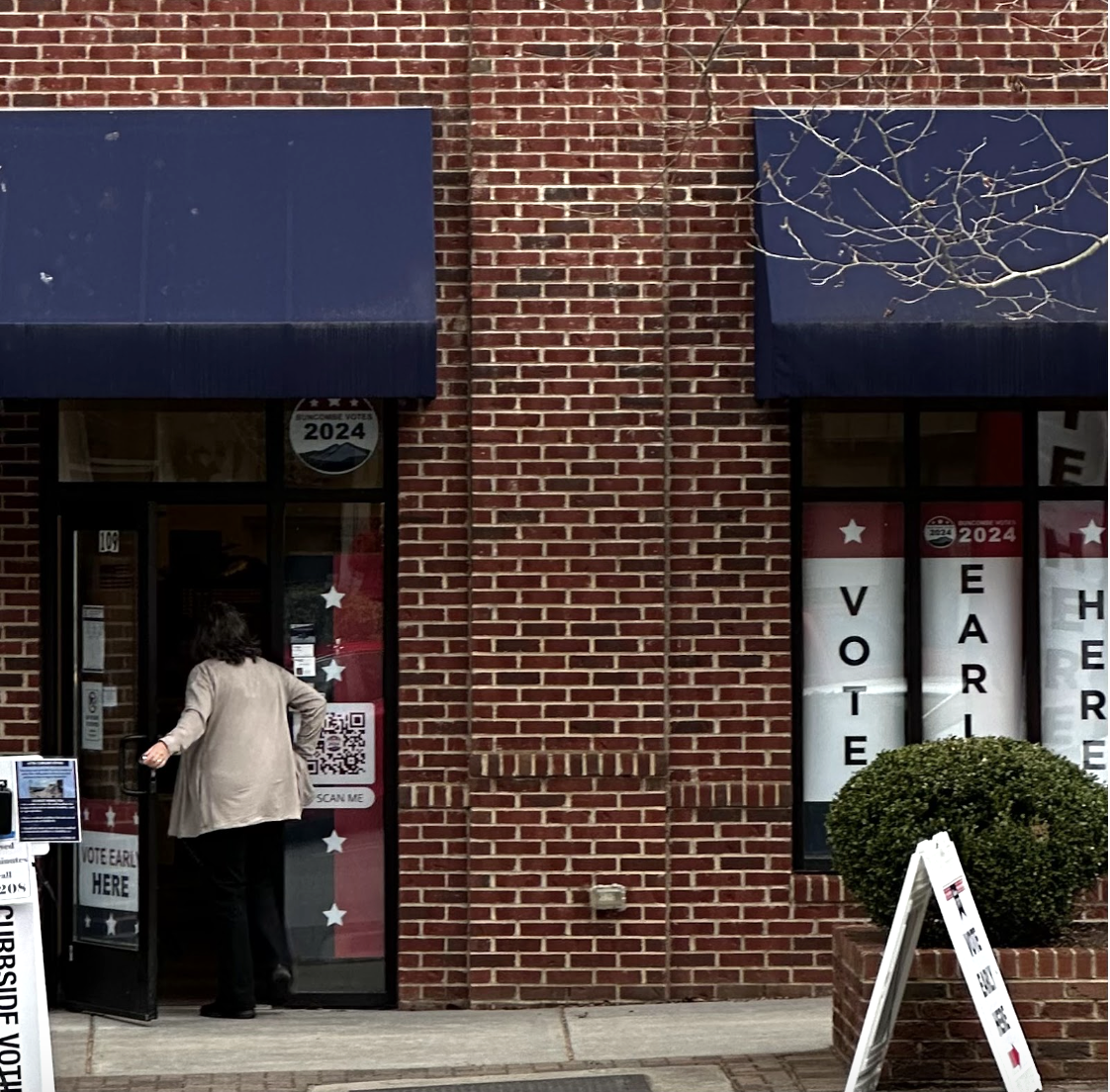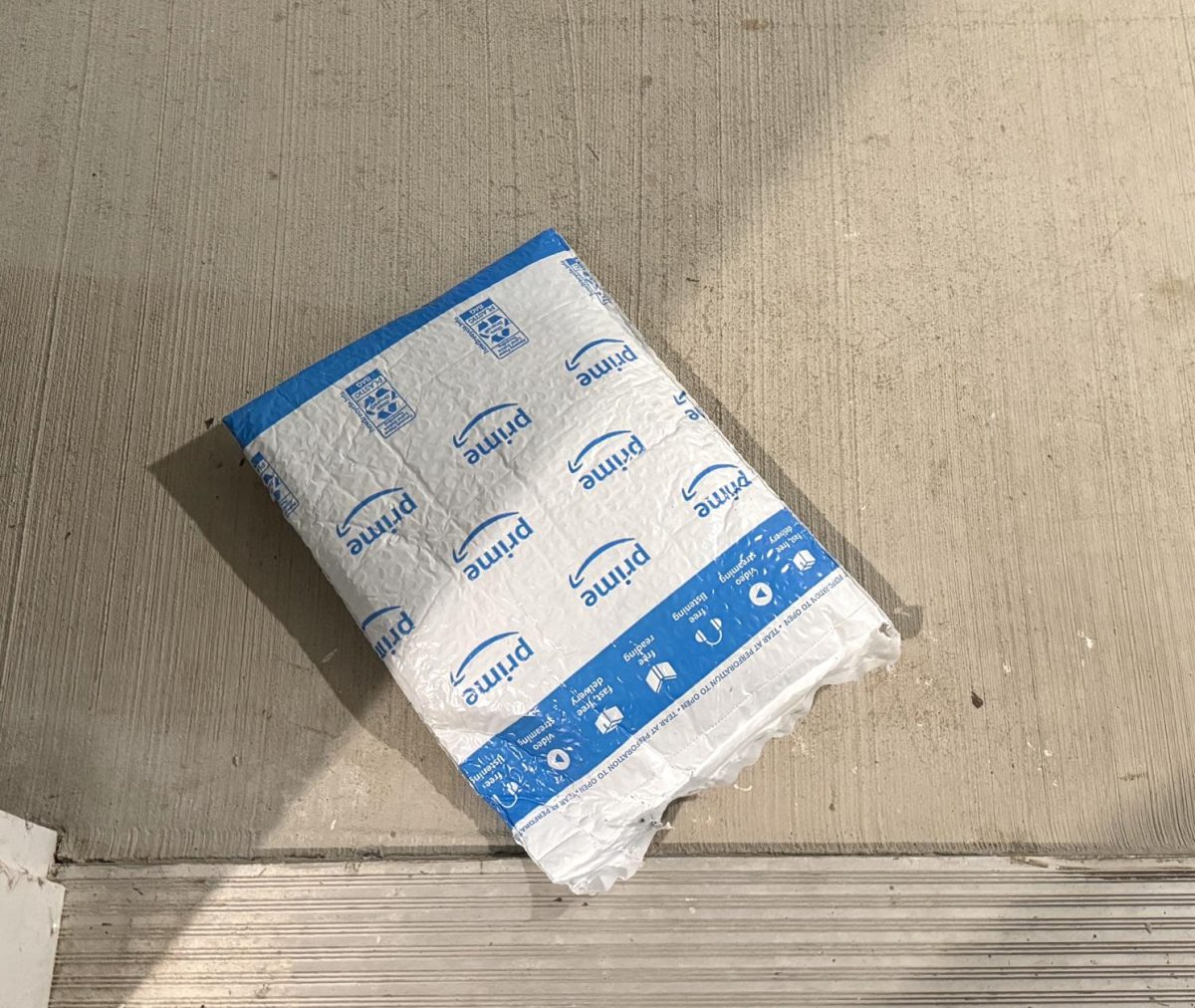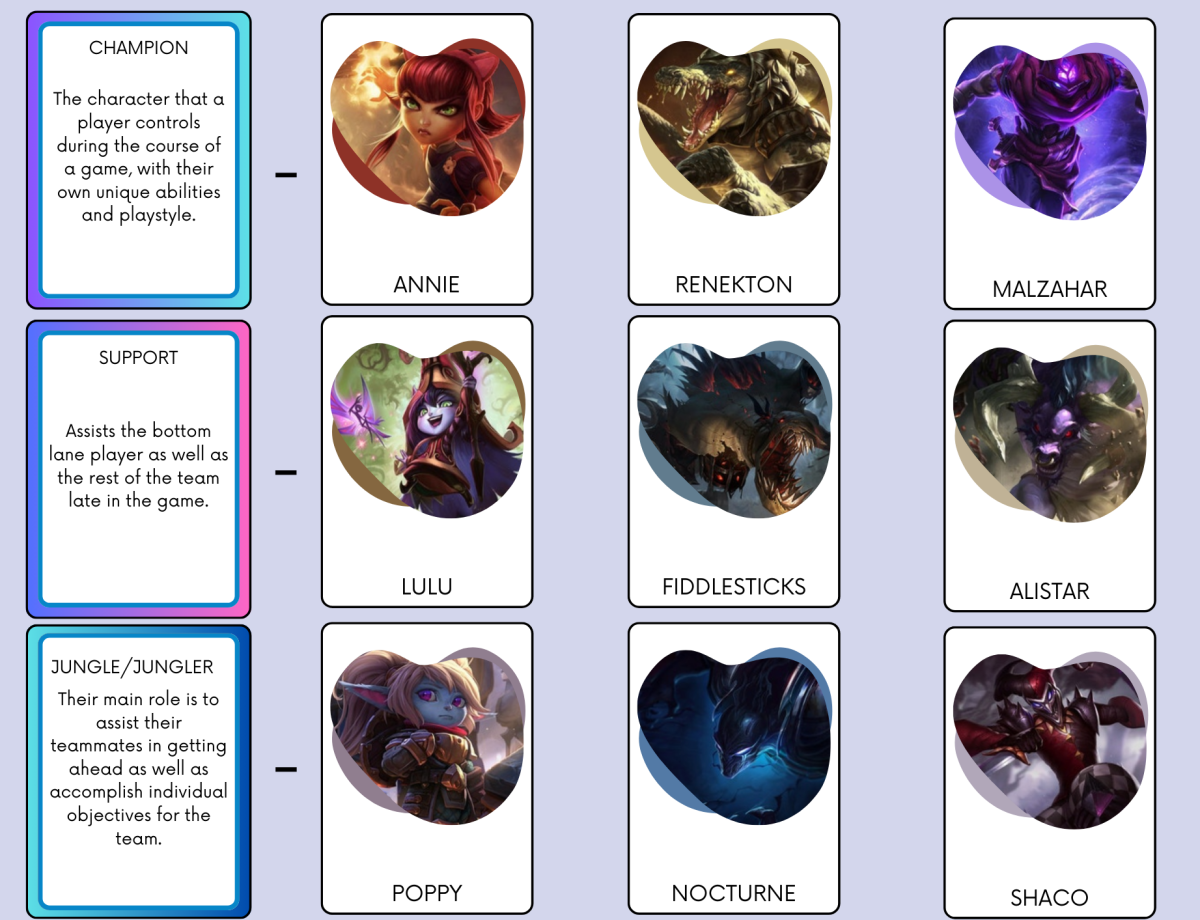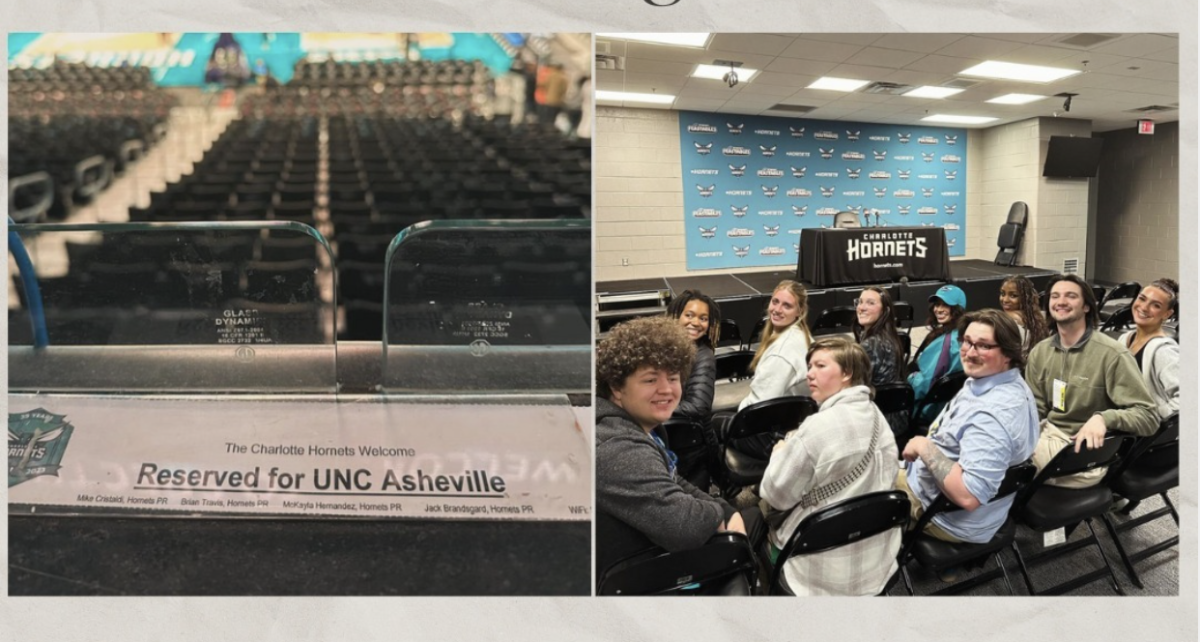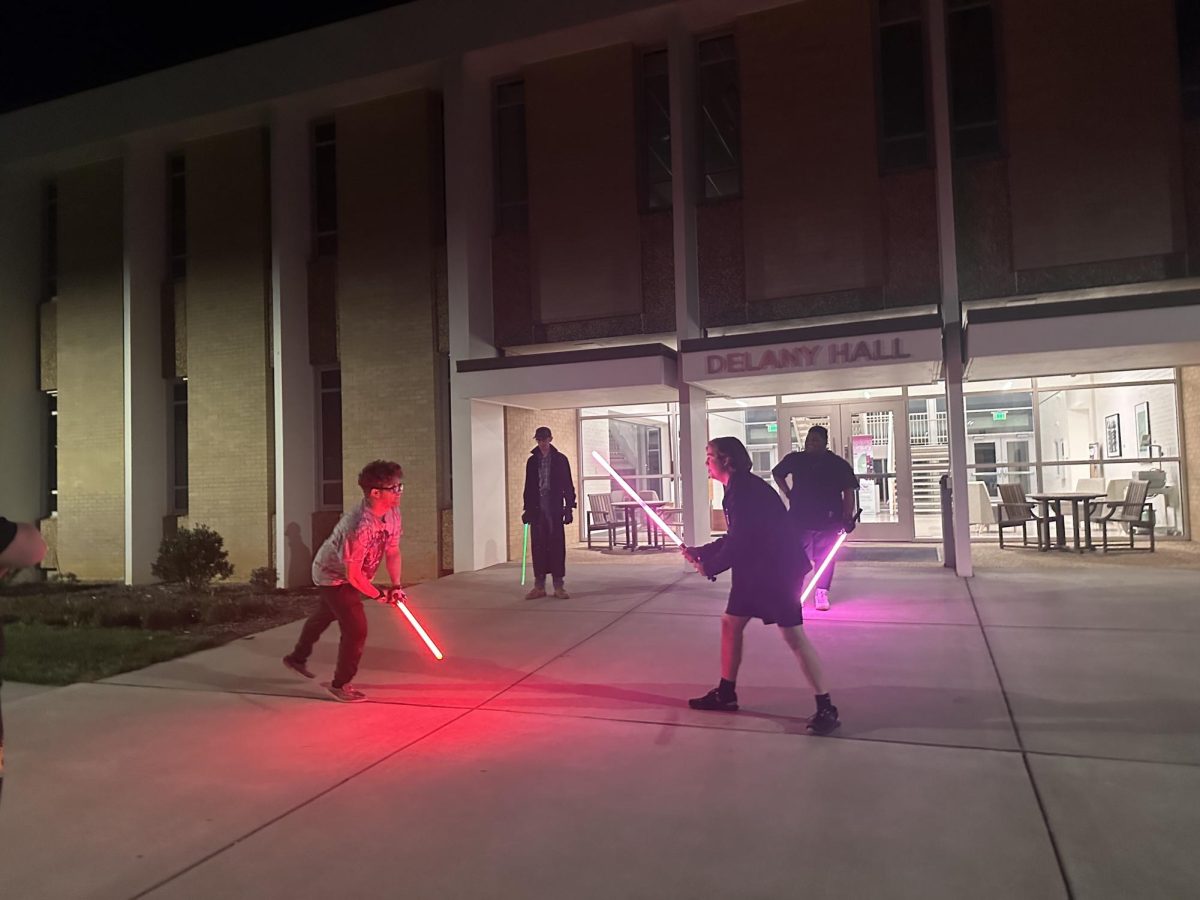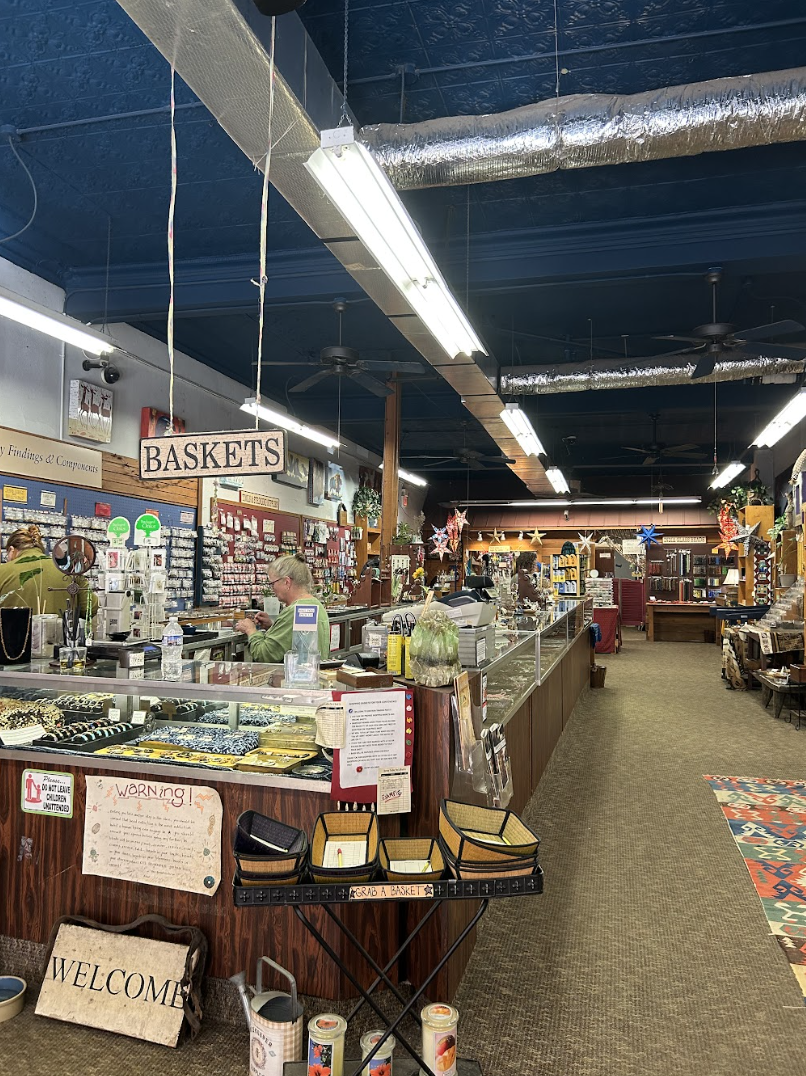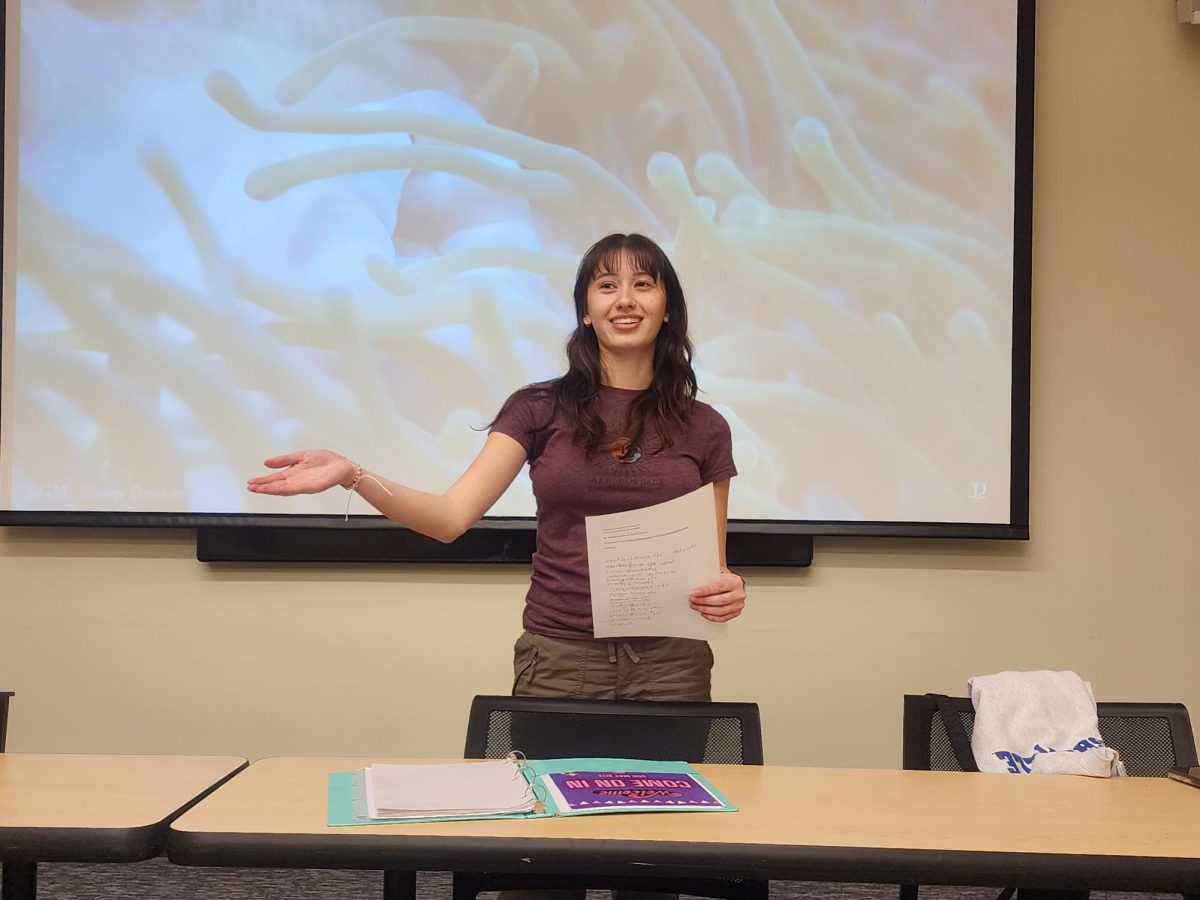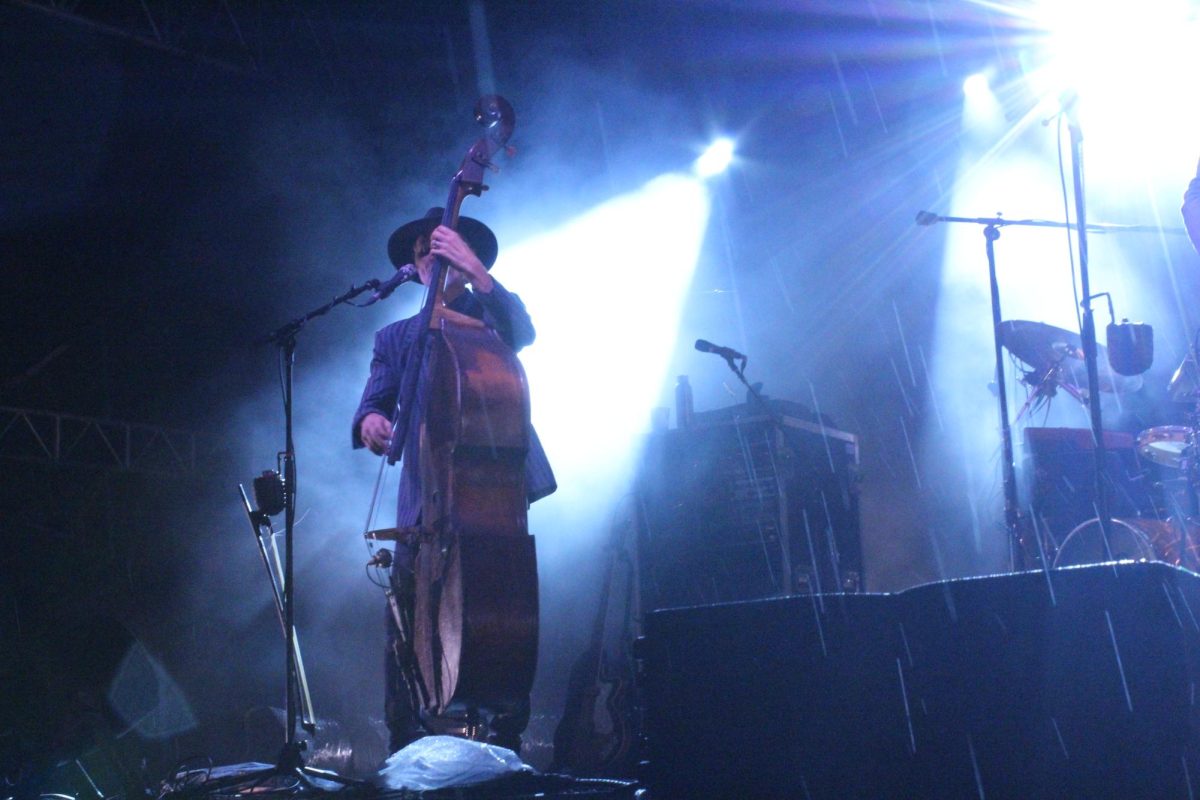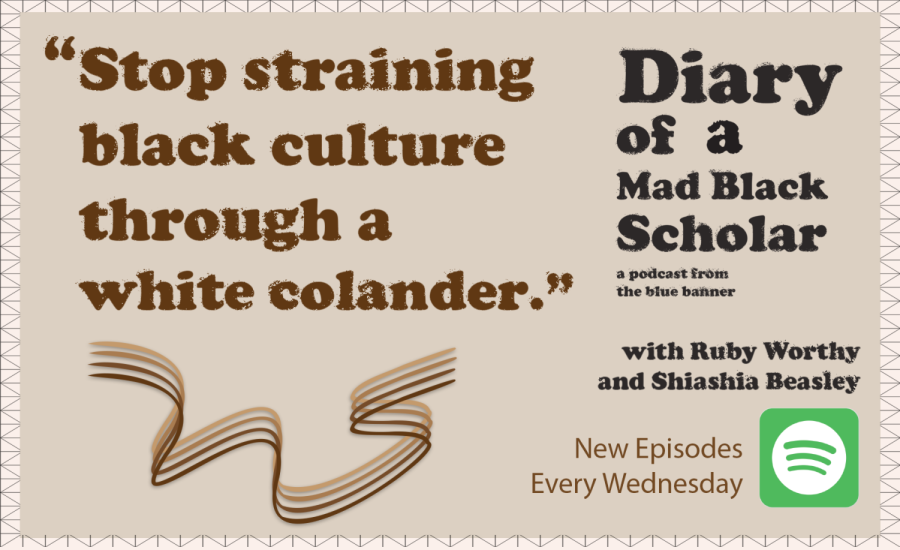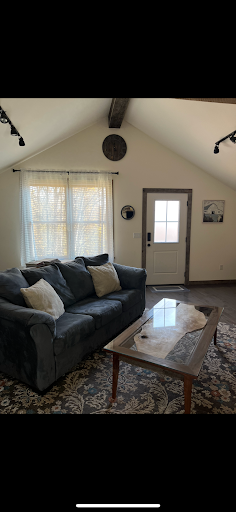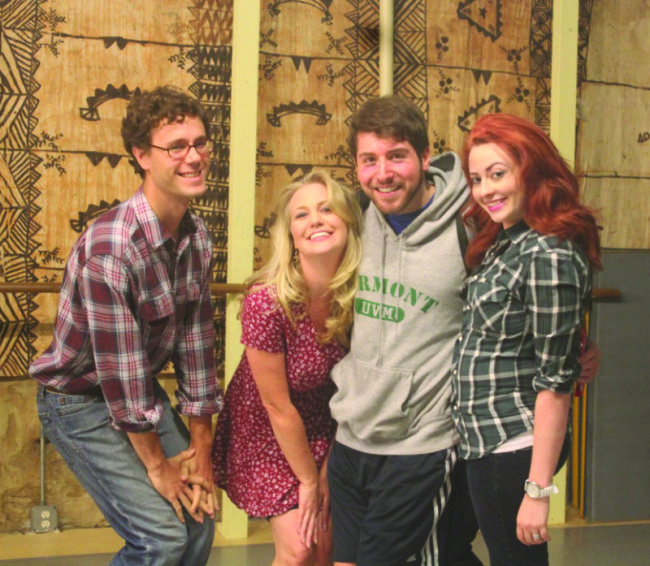 By Larisa Karr, Arts & Features Editor
By Larisa Karr, Arts & Features Editor
[email protected]
September 23, 2015
Frenetic, twisted and completely untraditional.
In essence, these are three words, among many others, that come to mind upon thinking about how to describe The Shape of Things, a play that ran Sept. 3-19 at the Bebe Theatre in downtown Asheville.
Famed American playwright Neil LaBute wrote The Shape of Things to shed a new light on human relationships by showing how people often change to fit the mold their partners cast for them.
For Stephanie Hickling Beckman, co-founder of the Different Strokes! Performing Arts Collective and director of the play, LaBute’s script could be experimented with even further in a live context.
She chose to develop two different performances of The Shape of Things, one following the other, featuring two different casts. In the first interpretation, there is a festering crush between Adam (Nathan Singer), the protagonist, and Jamie, who is marrying his best friend, Phyl. In the second interpretation, Adam is crushing on Phyl. However, on the night of Sept. 11, the actor who normally plays Phyl in the second play (Maximilian Koger), was absent, and so Devyn Ray played Evelyn, making the relationship between herself and Jenny (Emily Crock).
For Stephanie Hickling Beckman, having two performances of the same show back-to-back was a perfect way to bring out the malleability of the characters by showcasing different actors.
“The fluidity of the sexuality is why I decided to have two different shows. In the first cast, the way it comes off is as premature love, and the second cast plays with sexuality a little bit more, even though there were lesbians tonight,” Beckman said. “There’s some sexual tension between Phyl and Adam, because Phyl’s so bitchy. From the first time I read it, I got the impression he was in love with Adam.”
Celebrating the fluidity and diversity of human relationships is the ethos of Different Strokes! As a collective that seeks to actively work against the lack of diversity in Western North Carolina, they are at the cutting edge of experimental theater and work actively to raise eyebrows and elicit questions.
In her director’s note, Beckman states that different productions of The Shape of Things ask one question: “Do artists have a responsibility to establish and toe a line between art and morality?” When placed inside the framework of the actors performing in the play, this question then becomes intricately meta.
In the first performance of the play, Adam, played by UNC Asheville senior drama student Nathan Singer, is jumpy and neurotic, almost like a combination of Kramer and George from Seinfeld. He is a college student listlessly working in a museum. The first scene of the play is in this museum, where he meets a person who will dramatically shake his life and baffle the audience, Evelyn (Meg Hale Brunton).
Evelyn lives, breathes and drinks art, and is intent on vandalizing, with graffiti, the sculpture of a man whose genitals are covered up in order to prove she doesn’t believe in censorship of art.
“I don’t like art that isn’t true,” she declares defiantly as to what would be on the report if Adam were to write her up.
From this point forward, Evelyn shows an uncanny interest in Adam, who wears very frumpy clothes and displays a humble sense of inadequacy. Adam is shocked that a confident, attractive person would actually want to be in a relationship with him, but decides to go along with it. It is when Adam introduces Evelyn to his good friends Jamie and Phyl, who are soon to be engaged, that the social dynamics of the play become even more interesting.
Phyl, played by the fiery, dynamic Ray, takes an immediate dislike to Evelyn, getting in a screaming match with her over, of course, the point of art. This tense environment between the two women does not really get better, and surprisingly, it is Adam’s relationship with Evelyn’s fiance, Phyl, that divides the two further. She jokingly accuses Adam of liking Phyl in the beginning of the play, but when the two have a romantic encounter that she finds out about, their relationship crumbles from that point forward.
In the second performance, Desmond Zampella retains Adam’s awkward air, but infuses it with a sense of comfortability, almost like he has accepted how awkward he is. There are quite a few differences with the second cast, and with the substitution of Ray as Phyl, these differences were curiously augmented.
Equality is something that Evelyn maybe does not see when she seeks to change Adam, or does she? That is the question that remains hanging, when at the end, it is revealed that she only showed interest in him to turn him into the focus of her thesis project. Entitled The Shape of Things, the project, which showcases his old clothes and sneakers, focuses on how people are able to consciously and subconsciously change to please the people they are in relationships with.
Singer’s stage design also played an important part in the symbolism of the play.
“There are stories that are told on the stage and there are different kinds of lighting and scenery,” Emily Crock, a sophomore drama student, said. “For The Shape of Things, we had blocks. That was very symbolic about the psychology they were talking about.”
For Singer, the experiment on his character had harmful but also helpful effects.
“He starts to drop the chameleon act, at least consciously, and starts to take on the negative aspects of what it means to be a confident person to the point where eventually, he feels like he doesn’t need anyone,” Singer says. “He can do things by himself. So, it’s like the Icarus effect: go too high to the sun and then you fall down real hard.”
It is, in fact, not really “the shape of things,” or the image we see of someone else, that is the most tangible, but the emotional scars we leave behind underneath that image.
“What’s the big deal about scars anyway?” Evelyn asks Adam during the play. “They signify experience, like rings on a tree.”
Latest Stories
- What Do Blue Banner Staff Listen To?
- Asheville residents at odds over U.S. financial assistance to Ukraine
- The UNC Asheville Saber Club’s duels remain, moved to AC Reynolds Green
- UNCA League of Legends takes first in stunning finals match against HPU
- From passion to professional play: How a UNCA League of Legends MVP hit their stride
- Old UNCA sorority still has its footprints on campus
- Mass communication students visit Charlotte to watch Hornets game
- Blue Banner Connections #1
- Sex toys get luckier than traditionalist men
- A student's perspective on traveling and concerts

